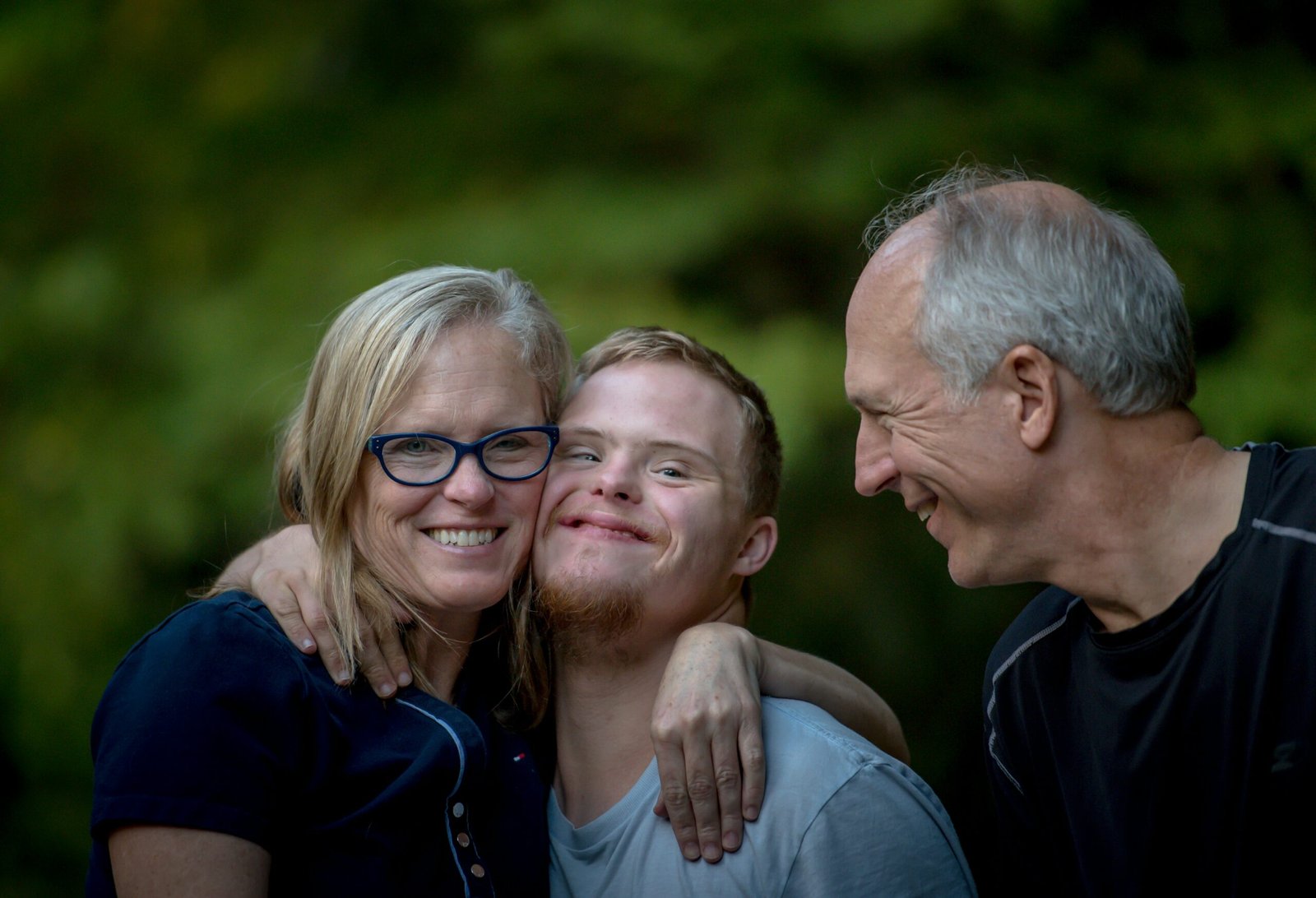Disability and Sexual Identity: Exploring the Intersections
When discussing disability, it is important to recognize that it impacts various aspects of a person’s life, including their sexual identity. Sexual orientation and gender identity are integral parts of an individual’s identity, and for LGBTQ+ individuals with disabilities, navigating their sexual experiences can present unique challenges. In this blog post, we will delve into the intersection of disability, sexual orientation, and gender identity, discussing the experiences of LGBTQ+ individuals with disabilities and the need for inclusive spaces and resources.
The Experiences of LGBTQ+ Individuals with Disabilities
LGBTQ+ individuals with disabilities often face a double stigma, as they navigate the intersection of their sexual and gender identities with their disabilities. This can lead to feelings of isolation, discrimination, and limited access to resources and support systems. Society’s perception of disability and LGBTQ+ identities can further compound these challenges, making it crucial to create inclusive spaces that address the unique needs of this community.
One of the primary challenges faced by LGBTQ+ individuals with disabilities is the lack of representation and visibility. Media and societal narratives often overlook or misrepresent the experiences of disabled individuals with diverse sexual orientations and gender identities. This can perpetuate stereotypes and further marginalize this already vulnerable population.
Additionally, accessibility remains a significant barrier for LGBTQ+ individuals with disabilities. Many LGBTQ+ spaces and events are not designed with accessibility in mind, making it difficult for individuals with mobility impairments or sensory disabilities to fully participate. This exclusionary environment not only limits their ability to connect with their community but also reinforces feelings of isolation and exclusion.
The Need for Inclusive Spaces and Resources
In order to create a more inclusive society, it is crucial to address the specific needs of LGBTQ+ individuals with disabilities. This includes providing accessible spaces and resources that cater to the diverse needs of this community.
Firstly, it is important to promote accurate and positive representation of LGBTQ+ individuals with disabilities in media and popular culture. By showcasing their experiences and highlighting their contributions, we can challenge stereotypes and promote greater acceptance and understanding.
Secondly, LGBTQ+ spaces and events should prioritize accessibility. This involves ensuring physical accessibility, such as ramps and elevators, as well as considering the needs of individuals with sensory disabilities, such as providing sign language interpreters or closed captioning. By actively working towards inclusivity, we can create environments that embrace and celebrate diversity.
Furthermore, healthcare providers and support organizations should receive training on the unique needs and experiences of LGBTQ+ individuals with disabilities. This will enable them to provide appropriate and inclusive care, addressing both their physical and emotional well-being.
Conclusion
Disability and sexual identity intersect in complex ways, and it is essential to acknowledge and address the challenges faced by LGBTQ+ individuals with disabilities. By promoting inclusivity, challenging stereotypes, and providing accessible spaces and resources, we can create a society that embraces and supports the diverse experiences and identities of all individuals.
It is crucial that we continue to advocate for the rights and well-being of LGBTQ+ individuals with disabilities, ensuring that their voices are heard and their needs are met. Only through collective effort and understanding can we create a more inclusive and accepting society for all.

